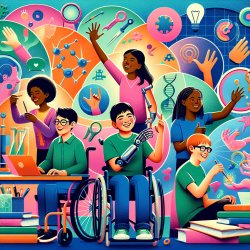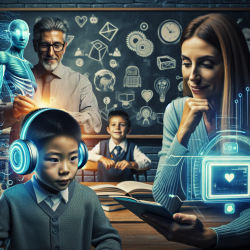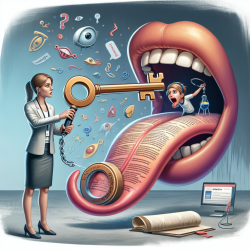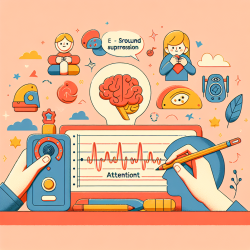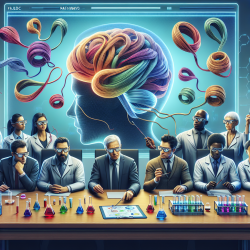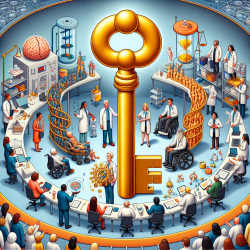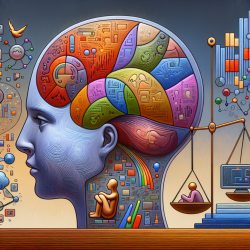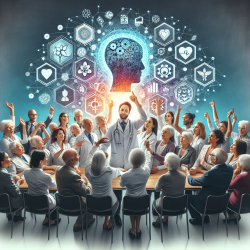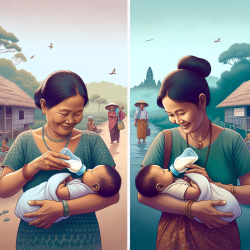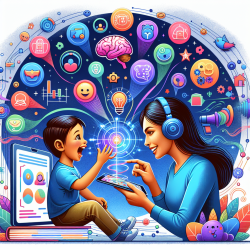As educators, our mission extends beyond academic instruction to fostering an inclusive and supportive environment for all students, including those with severe disabilities. The research presented in "Nasty Girls, Thugs, and Humans Like Us: Social Relations between Severely Disabled and Nondisabled Students in High School" by Carola Murray-Seegert offers valuable insights into the dynamics of inclusion and the impact it has on both disabled and nondisabled students. By examining the social relations at Explorer High School, Murray-Seegert provides us with a unique lens to view the successes and challenges of inclusion, offering a path toward improving our practice and understanding.
One of the key takeaways from Murray-Seegert's research is the recognition of the universal human needs satisfied through interactions between disabled and nondisabled students. These include teaching someone how to do something, interpersonal social contact, and the fulfillment that comes from being perceived as a caring individual. These interactions not only benefit the severely disabled students by providing them with a sense of belonging and acceptance but also enrich the nondisabled students' school experience by fostering character and decency.
However, the study also highlights a significant challenge: the unintended segregation of students. Those assigned to assist in special education classes often were labeled by teachers as "undesirables" or "losers," thus missing the opportunity to extend this enriching experience to more academically inclined students. This segregation inadvertently created a social ghetto, limiting the integration benefits to a select group of students.
For practitioners looking to implement the outcomes of this research or delve further into the subject, here are several strategies:
- Encourage Diverse Interactions: Actively create opportunities for all students, regardless of their academic standing or abilities, to interact and learn from each other. This could be through group projects, peer tutoring programs, or inclusive extracurricular activities.
- Promote Understanding and Empathy: Implement programs or sessions that educate nondisabled students about disabilities, aiming to break down misconceptions and foster a culture of empathy and inclusion.
- Recognize and Reward Inclusivity: Develop a system to recognize and reward acts of kindness, support, and inclusivity among students. This can help promote a positive school culture where helping and understanding are valued.
- Involve the Community: Extend the lessons of inclusion beyond the classroom by involving the community. This could include inviting guest speakers, organizing community service projects, and encouraging students to take part in activities that involve people with disabilities.
- Reflect on Staff Attitudes: Educators and administrators should reflect on their own attitudes and biases that may contribute to the segregation of students. Professional development focused on inclusive practices can help address these issues.
Implementing these strategies requires a committed effort from the entire school community. It is not enough to simply place students with and without disabilities in the same space; we must actively work to promote meaningful interactions and understanding between them. This approach not only benefits students with disabilities but enriches the educational experience for all students, preparing them for a more inclusive society.
The research conducted by Carola Murray-Seegert at Explorer High School is a powerful reminder of the potential benefits and challenges of inclusion. By learning from these insights and applying them to our practice, we can move closer to creating educational environments that truly cater to the needs and aspirations of all students.
To read the original research paper, please follow this link: Nasty Girls, Thugs, and Humans Like Us: Social Relations between Severely Disabled and Nondisabled Students in High School.
